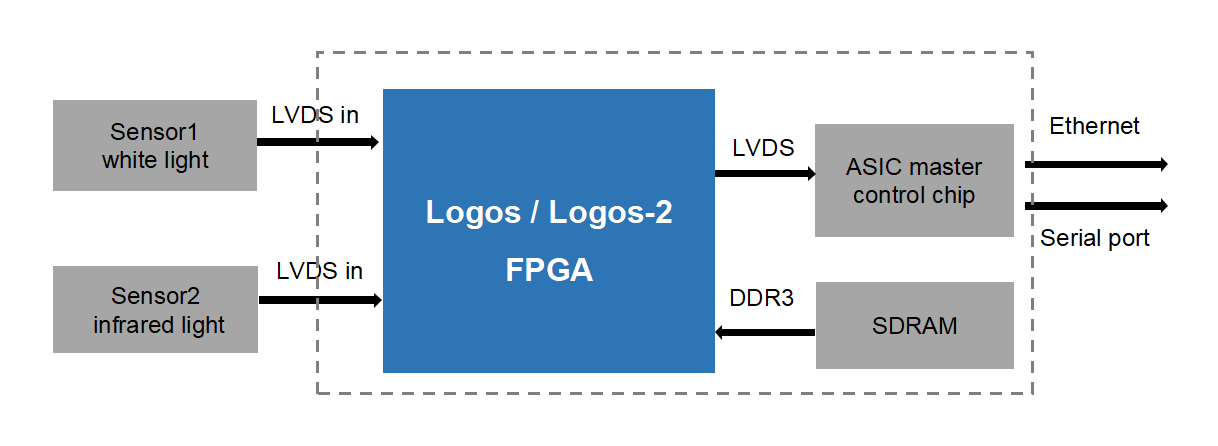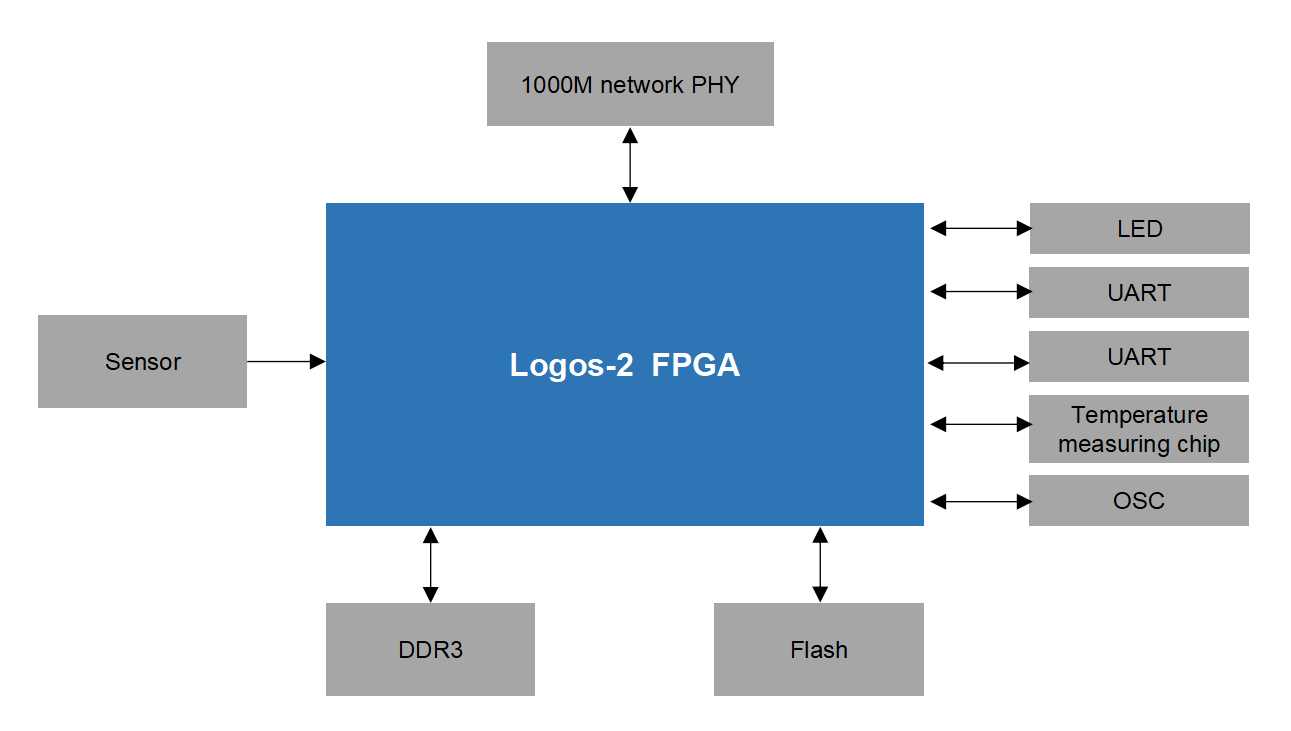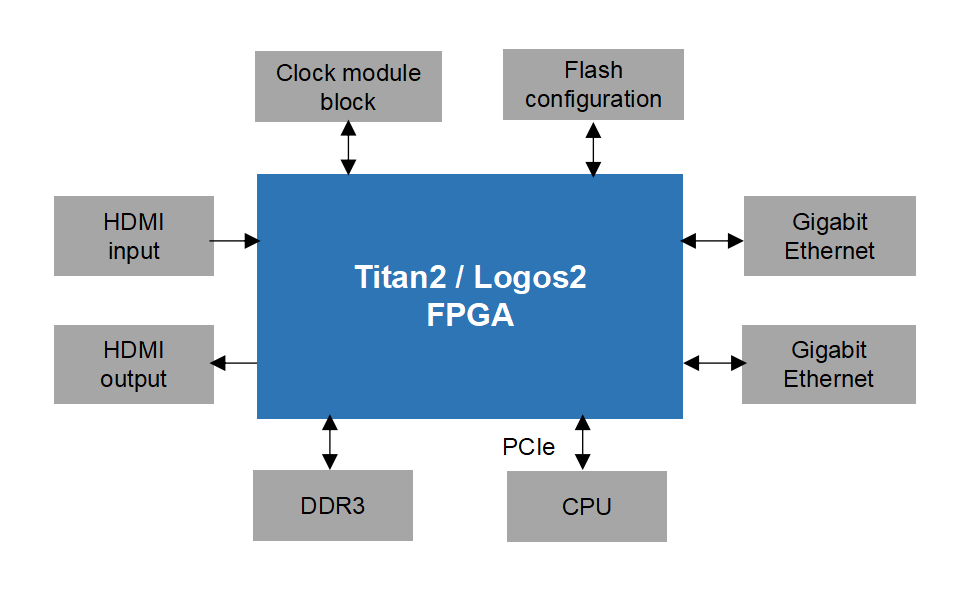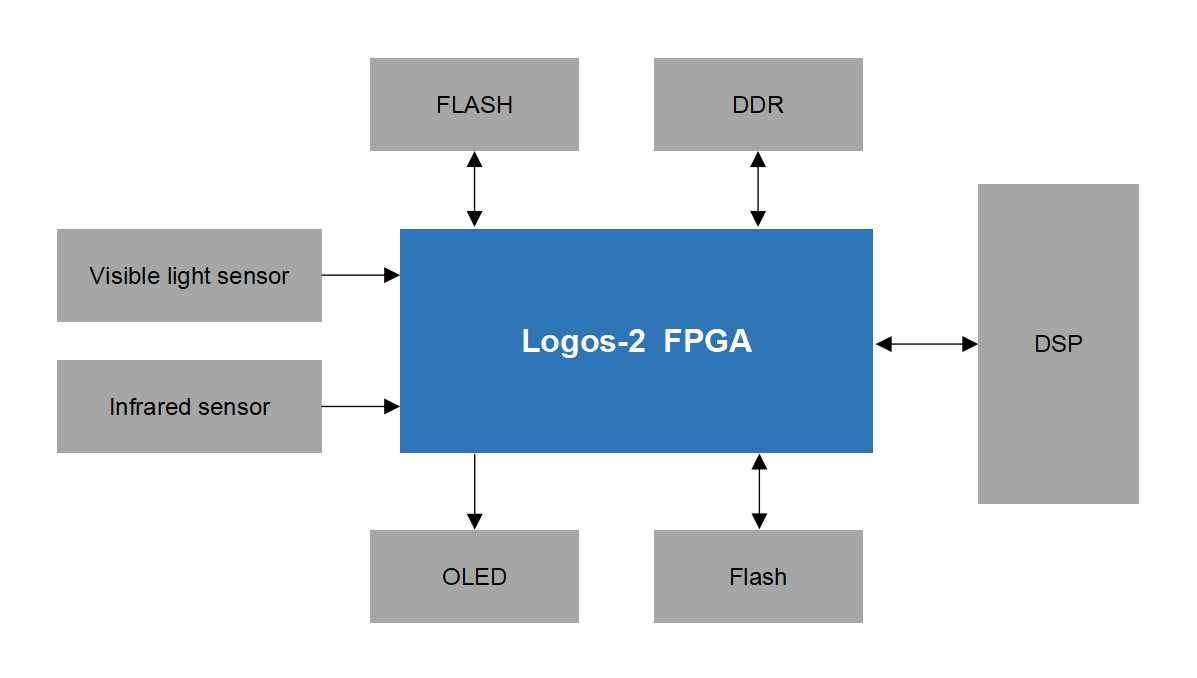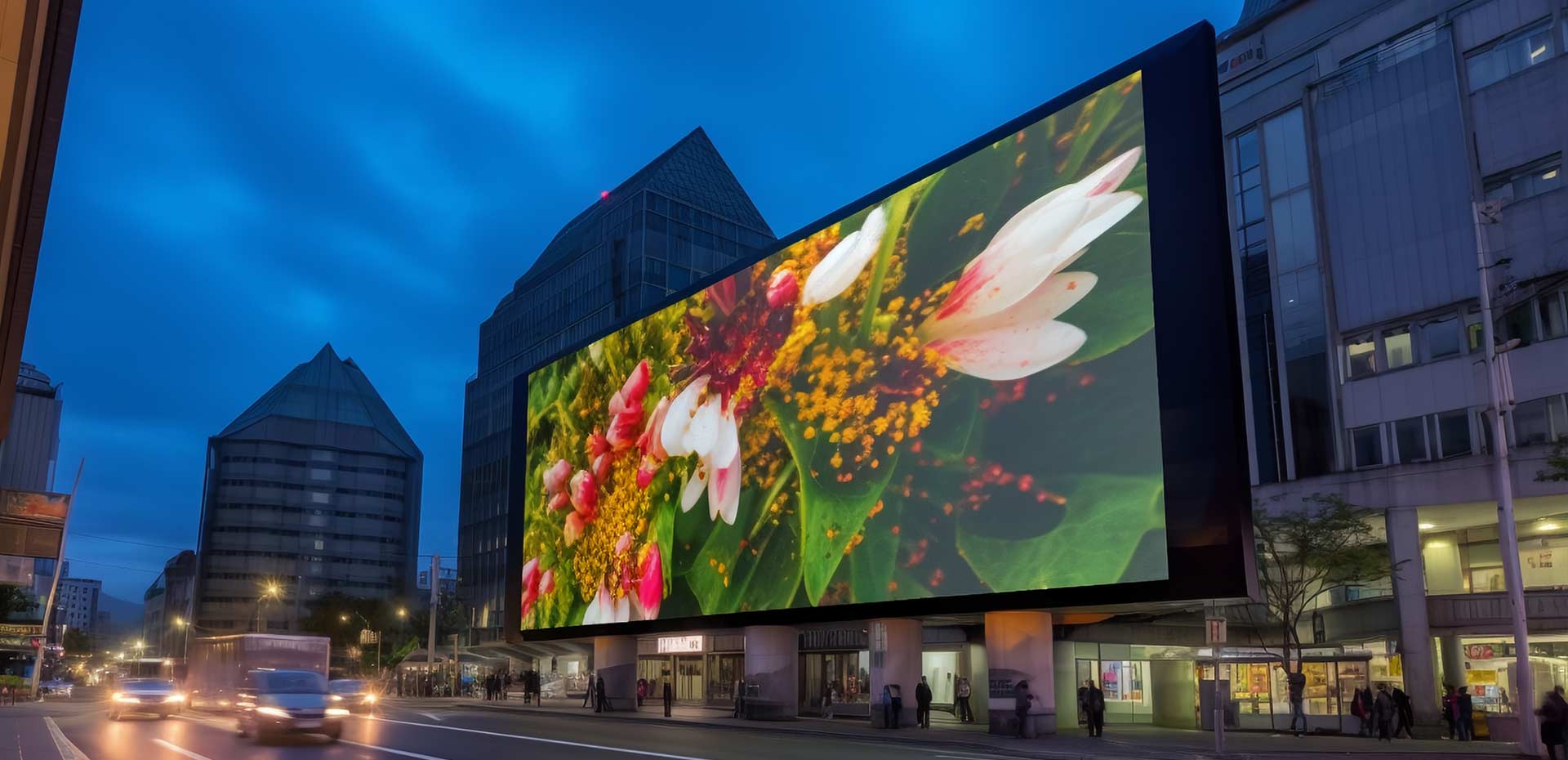
Image&Video
FPGA can achieve functions such as video transfer, optimisation of video processing algorithms, image recognition, high-definition video conversion, image enhancement and video codec, and have become one of the key technologies in image and video processing.
Application examples
-
Intelligent transportationIn the field of intelligent transportation, the flexible programmability and real-time processing capability of FPGA enables connection to a wide range of image sensors of different brands and performances on the market to capture and quickly complete image processing.Traffic cameras use multispectral fusion technology and deep learning algorithms, combined with infrared strobe lights at night, to achieve full-colour image results.They can be widely used in road safety and urban public security checkpoint systems etc.Depending on their application equipment, customers can use FPGA products in the Pango Micro Logos or Logos-2 families to achieve main functions such as image preprocessing, pixel rearrangement, exposure algorithm control, video interface conversion and DDR3 interface storage.
-
Industrial camerasIndustrial cameras are a key component in machine vision systems, and their most essential function is to convert optical signals into ordered electrical signals.Industrial cameras are generally installed in the machine assembly line as an alternative to measurement and assessment with the human eye, using digital images to capture targets and convert them into image signals, which are then sent to a dedicated image processing system. The image system uses various operations to extract target features from these signals, and equipment operations are controlled on site based on the results.As the core component in the industrial camera, the main purpose of an FPGA is to realise the core functions such as digital image sampling and processing and to carry out various operations based on these signals.
-
Distributed audiovisual systemsThe core devices in distributed audiovisual systems come from the Pango Micro Titan-2/Logos-2 FPGA. Advanced shallow compression codecs, video scaling and caching are used to achieve audiovisual bitstream network protocol processing, while taking into account the low latency and high quality of the video and functions such as flexible video overlay, windowing and partition processing to meet the needs of large-screen splicing, matrix switching, seat control and other applications.
-
Infrared thermal imagingThe principle of infrared thermal imaging actually involves a type of infrared heat radiation that is invisible to the human eye. At higher temperatures, the intensity of the infrared rays emitted will be stronger, and dedicated detection and reception methods are then used to create a thermal imaging map.Taking invisible light, converting it into a colour image for the human world and then using it is how humans process their basic data.Infrared thermal imaging involves a type of detection device that detects infrared energy (heat) without contact and converts it into an electrical signal, which in turn generates a thermal image and a temperature value on a display, and allows the temperature value to be calculated.The FPGA is mainly used inside the device to implement functions such as detection, data reception, processing and analysis, and the data results are then flexibly displayed in a configurable manner.

- Products Titan Family Logos Family Compa Family Pango Design Suite
- Solutions Communication Industrial Image&Video Consumer Auto Data center Other
- Resource Software and license IP Partners
- About us Company profile Contact us Announcement
-
Contact us
86-755-66886188
marketing@pangomicro.com
No. 15, Gaoxin South Road,
High-Tech Industrial Park,
Nanshan District, Shenzhen
 Official public account
Official public account

©2023 All Rights Reserved Shenzhen Pango Microsystems Co., Ltd. Guangdong ICP Filing No. 14029535


